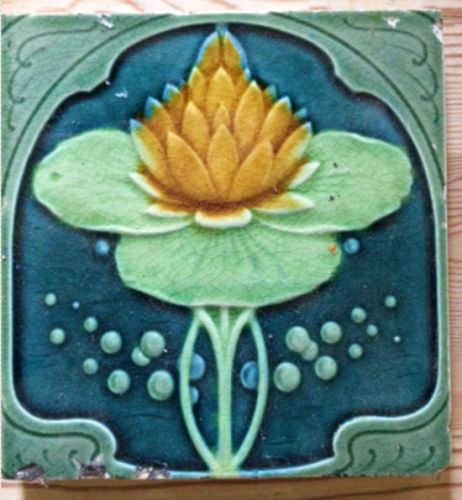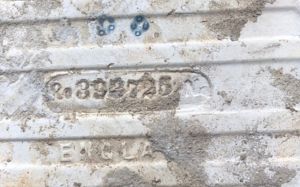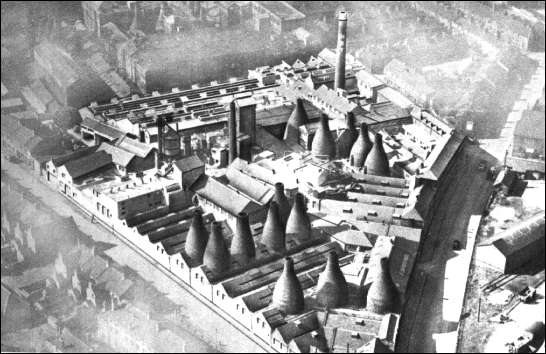![]()
|
The Henry Richards Tile Co Ltd |
Location and period of operation:
|
The
Henry Richards Tile Co Ltd |
Tunstall |
1903 |
|
Tile manufacturer at the Pinnox Works,
Tunstall, Stoke-on-Trent,
England.
Source: "A Century of Progress 1837-1937" a publication to commemorate The Centenary of Richards Tiles Ltd. |
Formerly W & E Corn
Subsequently: Richards Tiles Ltd


Henry Richards tile in a Lily
Pad design
Three
of these tiles were uncovered during renovation work (2025)
at the East Peckham Methodist Church in Kent, England
|
The pattern is in the Art Nouveau style and features a stylised water lily design with prominent leaves and a central bloom, set against a background that might represent water, complete with "pond bubbles". The colours, including greens, yellows, and blues, are typical of Art Nouveau ceramic work. A number of colour variations were produced. The number 393725 is a design registration number and shows that the design was first registered in 1902 and so was actually registered by W & E Corn just before the company name was changed to the Henry Richards Tile Company as they transitioned from producing general earthenware to tiles. There is an example of this tile on the British Museum web site.. |
Pinnox
factory

Aerial view of the Pinnox factory
(around 1953)
|
"In 1911 we entered this field of floor tiles and mosaic when a new factory, adjoining the main Pinnox works, was built and brought into successful operation and, to give us complete control of the grinding of our raw materials, we acquired the Burslem Mills Company. But soon the scourge of war was to check all peaceful progress, and plans for the parent factory had to be pigeon-holed until they could be carried into effect in the early 1920's. From: "Richards 1837 - 1953" |
Questions, comments, contributions? email: Steve Birks
|
Page created 7 April 2007 Updated 28 August 2025: Page tidied up; example of the Lily Pad tile added. |